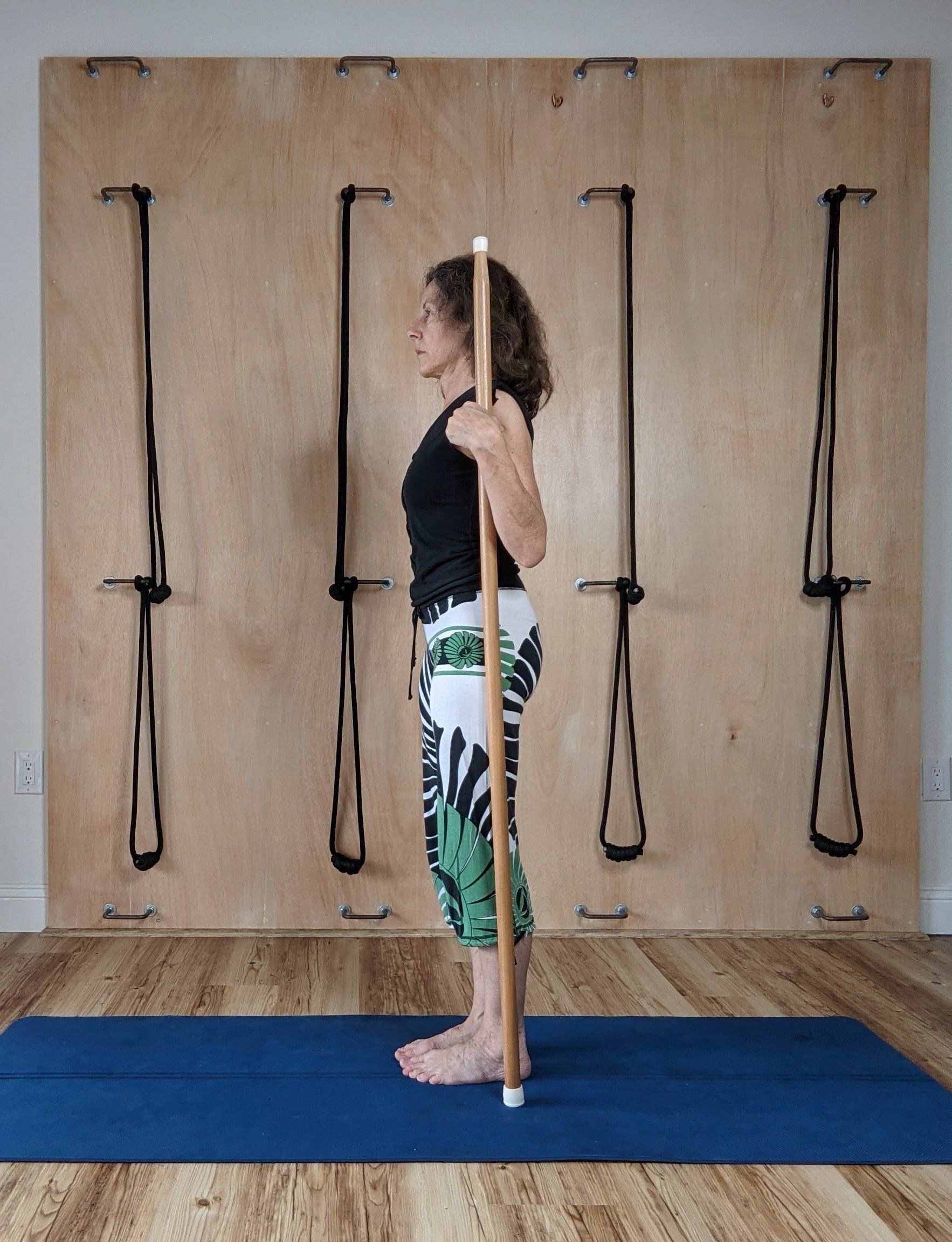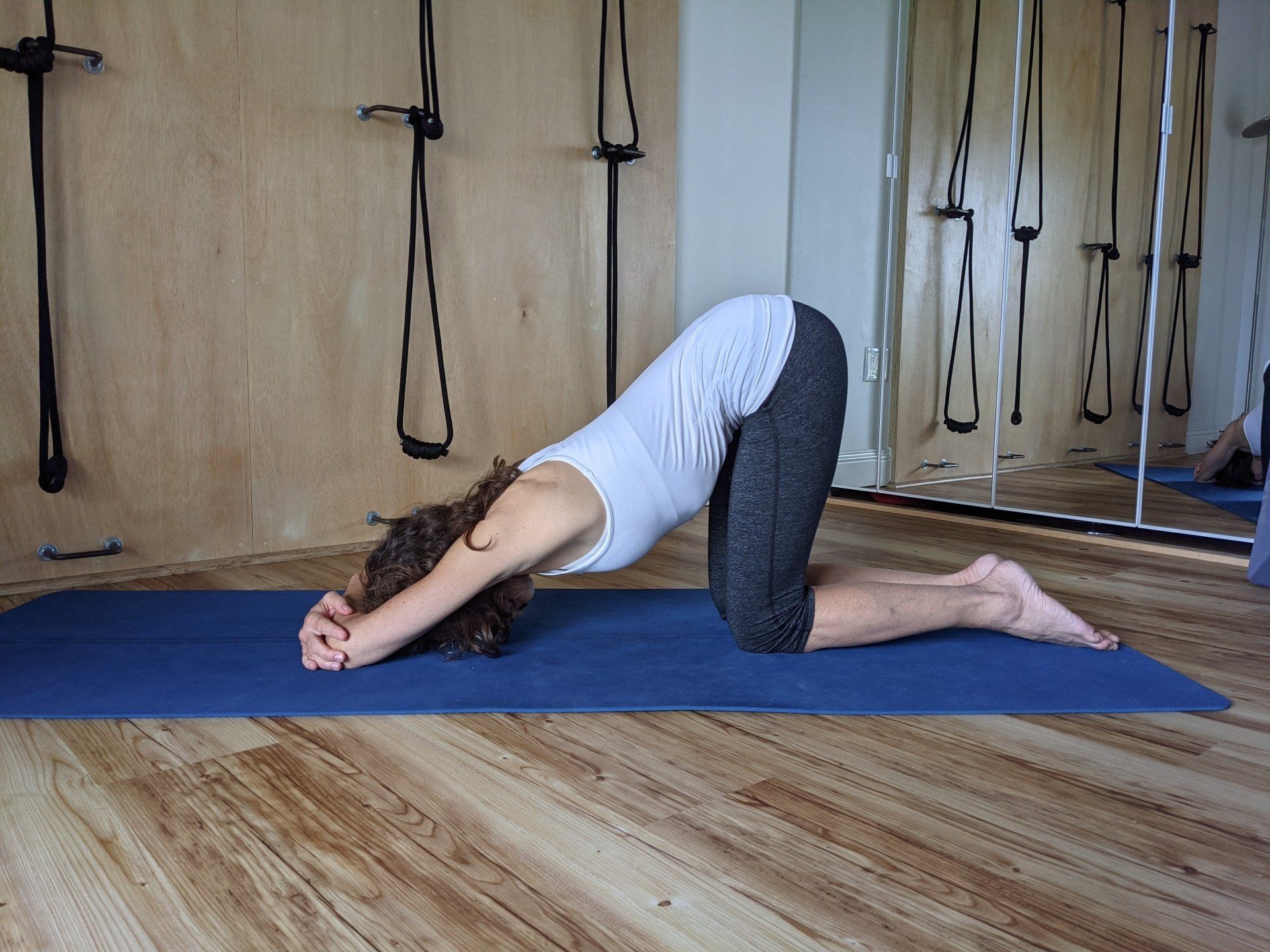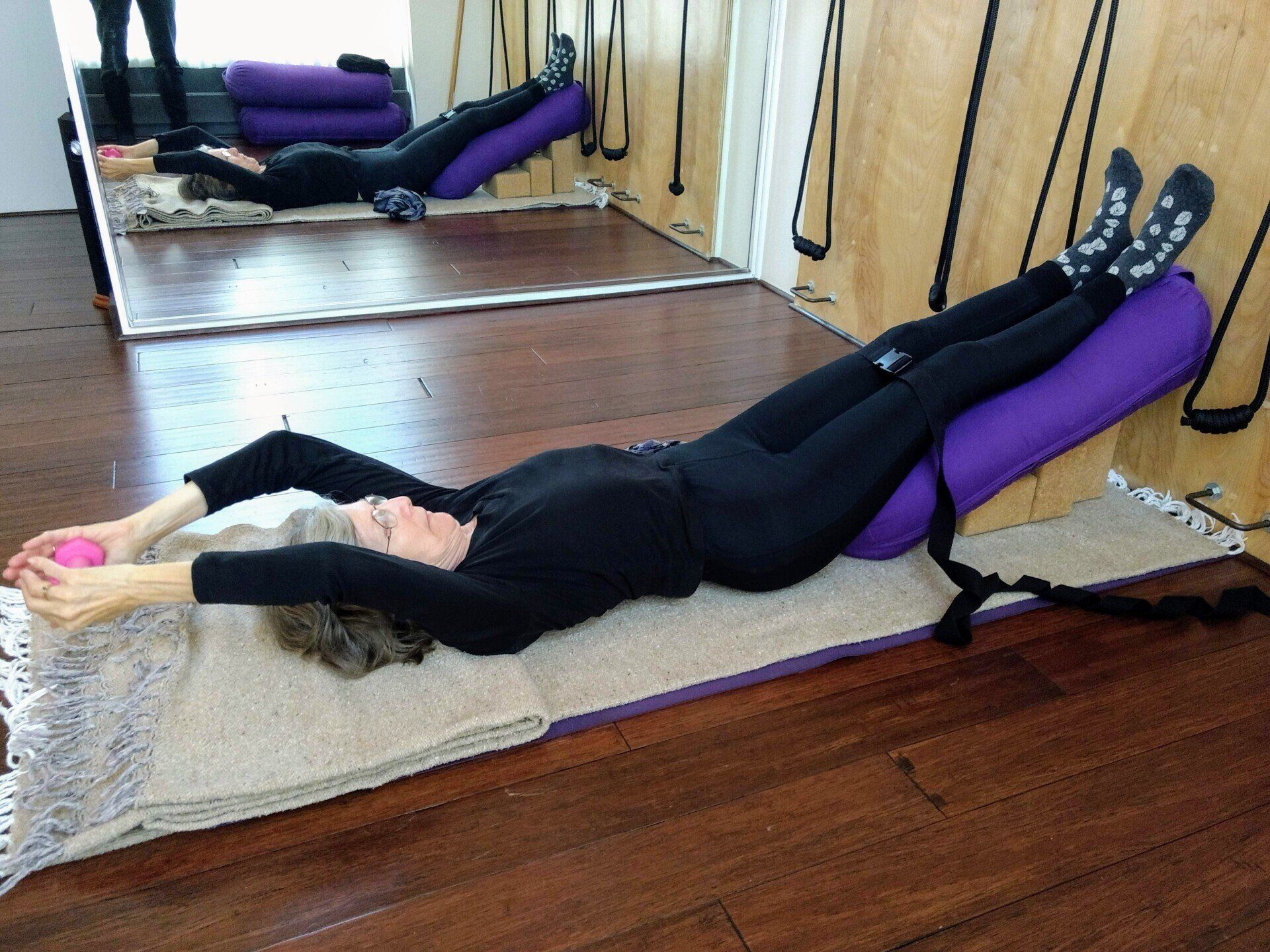Solving Back Pain
Jane DoCampo • May 1, 2022

What causes back pain?
Back pain arises from a sudden accident or injury, or when there are misalignments causing mechanical stress on the components of the spine (the joints, ligaments, muscles, nerves, and intervertebral discs) which eventually lead to pain and injury.
What creates mechanical stress on the spine?
Mechanical stressors are things that move the pelvis or spine out of alignment or make the spine overwork.
This includes:
1. posture that deviates from neutral spine alignment - also viewed as head, shoulders, belly or pelvic positions that are forward or sideways of the midline of the body. (From the side we should see ears, shoulders and hip sockets stacked above the ankles when standing.);
2. scoliosis;
3. a leg length discrepancy;
4. weakness anywhere in the body (Fallen arches, for example, will create misalignment through the entire kinetic chain leading to back pain. Or a weak midsection will fail to stabilize the lumbar spine and hold the weight above.);
5. being generally overweight or having a waistline measurement that is larger than the chest measurement;
6. inattention to sitting, standing, lying down, and lifting mechanics;
7. overtraining with any one form of exercise.
Exercise is a requirement for a healthy back and body, but also required is an exercise regimen designed to create a harmony in terms of balanced muscle lengths throughout the entire body.
Only riding a bike, or only running on a treadmill, or only playing a single sided sport, or working on front core while neglecting back and side core work will ultimately create muscle imbalances and compressive forces that will lead to mechanical stress and pain.
An exercise plan performed in neutral spine alignment which creates overall length throughout the body, and equally addresses the lower body, the upper body, the front, back, and side body, along with deep core and superficial core is essential.
Taking care of your back often means retraining your postural, exercise and nutritional habits.
For a lasting solution, the mechanical stressors must be eliminated to allow the injury to heal and the nervous system to function optimally. This includes a lifelong regimen to maintain proper alignment and strength to support the area of injury. Also essential is a diet which supplies the body with essential nutrients to rebuild bones and connective tissue. We also look to nutrition to optimize body weight and improve gut health, as there is a direct correlation between waist size, gut health and chronic pain.
There are no shortcuts.
Pharmaceuticals and bracing are sometimes first line approaches in the presence of extreme pain, but these should be short lived, if used at all, as bracing makes your weaker, not stronger, and pharmaceuticals have deleterious side effects that often damage joint cartilage. Ultimately only realignment, appropriate strength work and nutritional support is a lasting solution.

Nearly any article I come across for improving back pain will invariably recommend the cat/cow exercise (a repeated arching and rounding of the spine). This is a thoughtless, rather than thoughtful addition to a sequence for back pain. Anyone providing recommendations to total strangers should only include harmless exercise with consideration of what potential serious issues can be creating back pain. While some people searching the internet for back pain relief may have no damage in their spine whatsoever, many have serious issues for which cat/cow is contraindicated and harmful such as: disc herniation; spinal stenosis; spondylolisthesis; or scoliosis. Cat/cow would aggravate and worsen each of these conditions. Moreover, when a spine is in enough distress that someone is searching for relief, often in the form of back spasms or the feeling of a pulled muscle, that spine will respond much better to stability work performed in neutral spine alignment rather than excessive motion. In fact, most likely the reason an otherwise healthy spine would be in distress, would be because of lack of awareness of neutral spine alignment as they were performing some task, exercise, or just sitting or standing in misalignment. A muscle in spasm is asking to return to its normal resting length rather than being stretched. The takeaway here is that it is much better and useful to teach neutral spine work rather than repeatedly and mindlessly including cat/cow not knowing what brought the reader to you. If you would like to learn neutral spine work, contact me at SarasotaScoliosis.com. Jane DoCampo is certified by the International Association of Yoga Therapists and is a NASM corrective exercise specialist specializing in scoliosis, herniation, and pelvic floor dysfunction.

Many of us share this story: We attend a yoga class or two, return with increasing regularity, and soon make room in our lives for our practice. (Some of us even organize our lives around our practice.) It's something we can't pinpoint at first, but we recognize its goodness, the way we feel after practice, and it keeps us coming back. Yoga is endlessly fascinating, asking us to coordinate our body parts into a vast array of shapes and examine our possible resistance (physical or mental) to said shapes. There is the excitement of feeling stronger and progressing as gradually we gain understanding of opposing energetic forces, inner & outer body awareness, how our breath mobilizes the body and makes the whole practice a moving meditation. I moved through this progression over years, eventually becoming a teacher of students of all ability levels, striving for more clarity and precision in my teaching, working to keep my students safe and aligned (and safety is a challenge for so many reasons: a student could have innate postural imbalances that aren't being properly addressed as they practice leading to injury; they may push ahead into a shape before they have all the information to proceed knowledgeably; they may be working in a way that creates instability when what everyone needs is stability, etc.). And then I began studying with Alison West of Yoga Union, NYC and learned the Ropes! Wall ropes are an unmatchable teaching tool. They are a speed course to greater understanding, strength and refinement of the asana practice. In the hands of a skillful teacher, they retrain your body, your proprioception and correct imbalances. Ropes let you feel with great clarity the intent behind each pose and keep your body safe in increasingly deeper shapes. You feel even better after a ropes practice because you've tractioned your spine and avoided working in habitual, negative postural patterns. And when you practice out of the ropes, you take that knowledge with you for a safer, more productive practice. For beginning and advanced practitioners, those, like myself, working with herniation or scoliosis, athletes who become imbalanced from playing a one-sided sport, or those recovering from other injuries, wall ropes are a wonderful tool to inform and work productively to improve their backs and entire bodies and stay as strong as you want to be! I see remarkable results in my students and feel limited when I'm teaching without this equipment.
